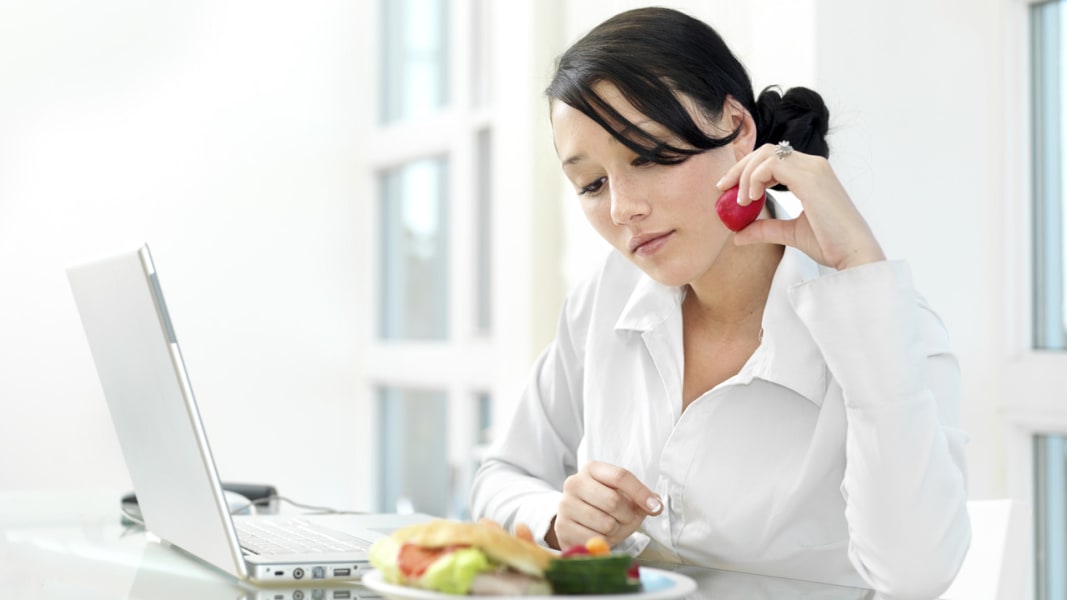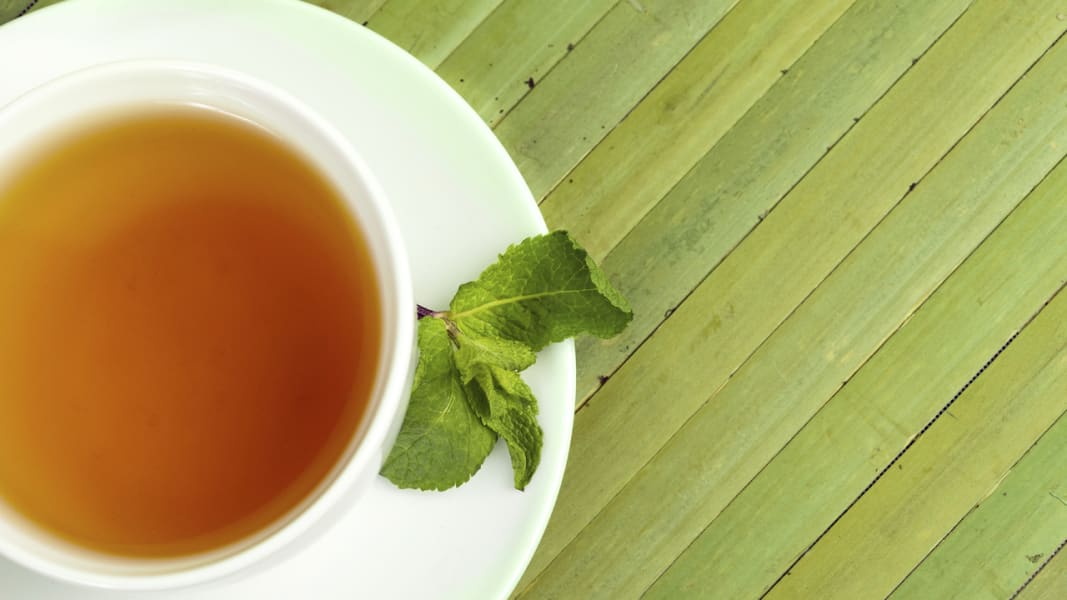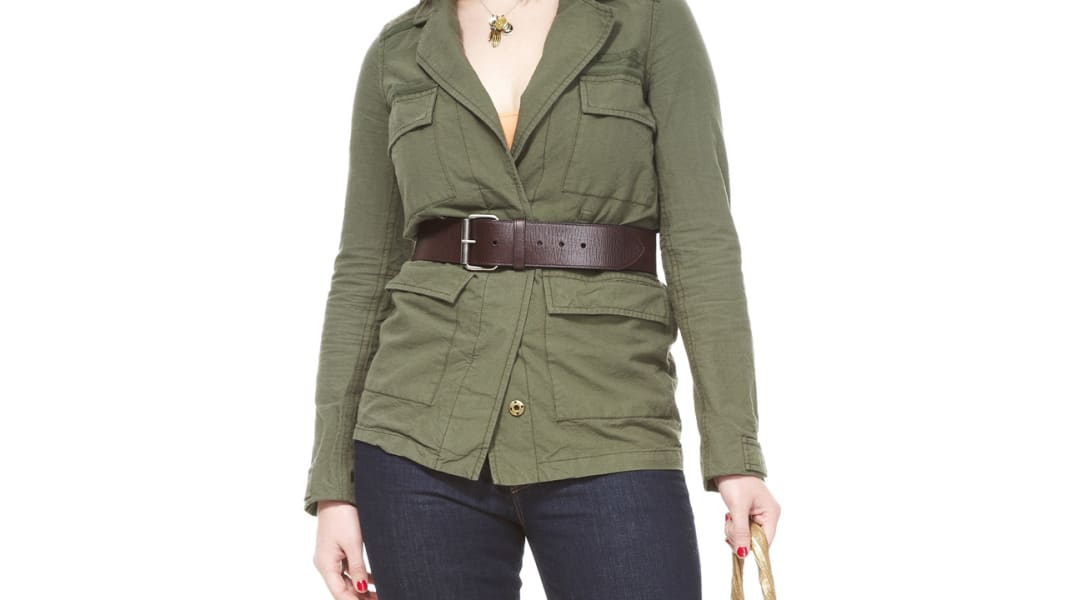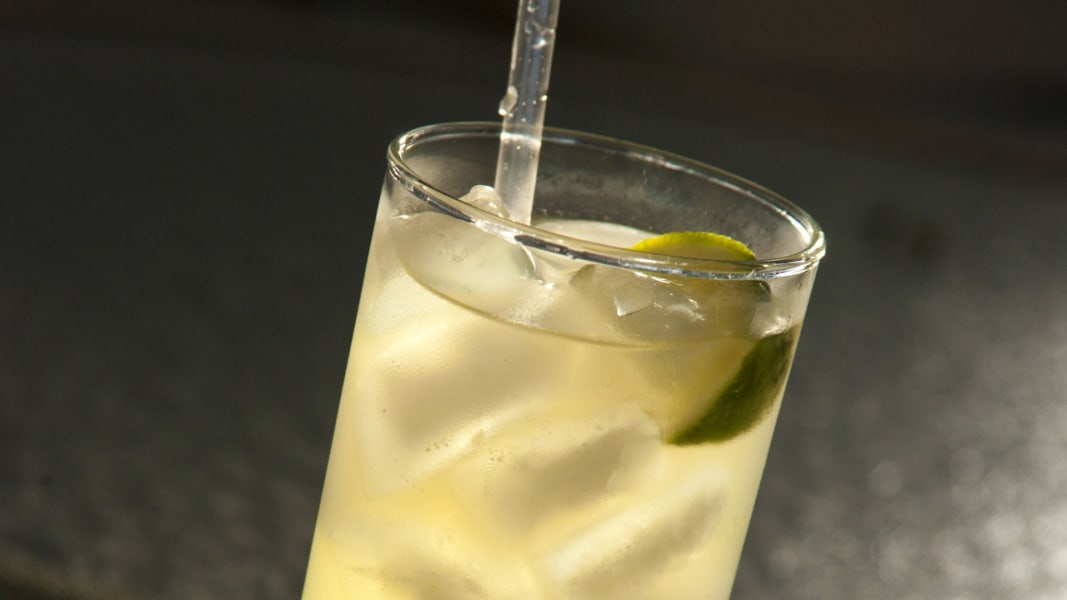Share
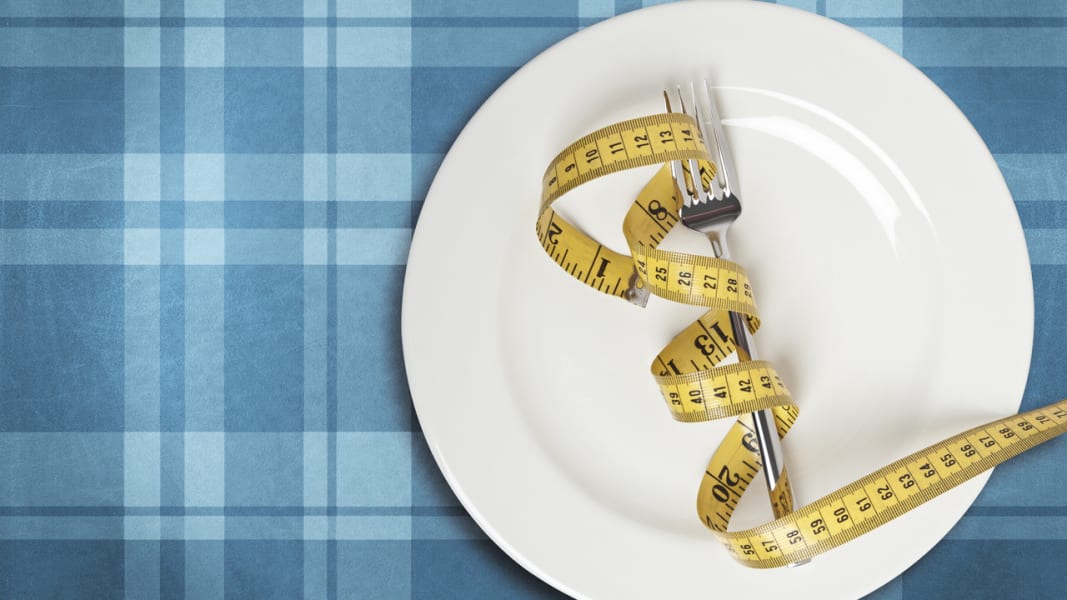

1 of 15
To lose weight, you need to burn more calories than you consume, which inevitably means one thing: portion control. But you're not necessarily doomed to a growling stomach until you reach your goal.
"Portion control doesn't mean you have to eat tiny portions of everything," says Lisa Young, author of "The Portion Teller Plan: The No-Diet Reality Guide to Eating, Cheating, and Losing Weight Permanently." "You don't want to feel like you're on a diet, but you have to eat fewer calories."
Here are 14 easy ways to cut portions, trim calories and lose fat without counting the minutes until your next meal.
Health.com: 16 ways to lose weight fast
ersinkisacik /Getty Image
"Portion control doesn't mean you have to eat tiny portions of everything," says Lisa Young, author of "The Portion Teller Plan: The No-Diet Reality Guide to Eating, Cheating, and Losing Weight Permanently." "You don't want to feel like you're on a diet, but you have to eat fewer calories."
Here are 14 easy ways to cut portions, trim calories and lose fat without counting the minutes until your next meal.
Health.com: 16 ways to lose weight fast
ersinkisacik /Getty Image
Drink 16 ounces (a big glass) of water before you eat, suggests Dawn Jackson Blatner, author of "The Flexitarian Diet." Filling your belly with water will naturally make you less likely to overeat, she says. Plus, some symptoms of dehydration may actually be what's causing your rumbling belly, so sipping some water before you eat may eliminate your "hunger" altogether.
Health.com: 10 ways your personality affects your weight
STOCK4B Creative /Getty Images
Health.com: 10 ways your personality affects your weight
STOCK4B Creative /Getty Images
We're not suggesting you squeeze into pants that are too tight. However, wearing an outfit with a waistband or perhaps a jacket with buttons can serve as a tool to prompt you to slow down and assess how you feel during your meal, says Young. As your clothing begins to feel a little snugger, it may keep you from going back for seconds.
Health.com: 25 ways to cut 500 calories a day
Dan Hallman /Getty Images
Health.com: 25 ways to cut 500 calories a day
Dan Hallman /Getty Images
Bulking up your meals with veggies is one easy way to cut calories while filling you up fast. Spinach can be used as a sandwich topper or can add fiber and nutrients to pasta and stir-fries, says Blatner. Other ideas to eat more veggies: swap in mushrooms for half the ground meat in most recipes, make oatmeal more filling with diced apples, and use a whole-wheat pita in place of bread so you can stuff it with more veggies.
Health.com: Lose 10 inches in 10 days
ivanmateev/Getty Images
Health.com: Lose 10 inches in 10 days
ivanmateev/Getty Images
The color of your plate may influence how much you eat, according to a 2012 Cornell University study. The researchers discovered that when a plate and the food on it had a low color-contrast (like pasta with Alfredo sauce on a white plate), people at a buffet served themselves 22% more than when there was a higher color-contrast (like pasta with red sauce on a white plate or pasta with Alfredo sauce on a red plate).
The study conclusions suggest that if you want to eat less, select plates that have a color contrast to the food you're eating for dinner. Or if you want to eat more healthy foods, like a bigger salad, eat greens from a large green plate or bowl!
Health.com: 9 foods that boost metabolism naturally
svariophoto /Getty Images
The study conclusions suggest that if you want to eat less, select plates that have a color contrast to the food you're eating for dinner. Or if you want to eat more healthy foods, like a bigger salad, eat greens from a large green plate or bowl!
Health.com: 9 foods that boost metabolism naturally
svariophoto /Getty Images
Rethink the way you use grains and starches. Take a breakfast parfait: Instead of starting with a granola base, fill your cup with yogurt and then sprinkle just a tiny amount of granola on top for crunch. Making a stir-fry? Load up your plate with veggies and a serving of lean protein, and then add a quarter-cup of brown rice.
Health.com: Best superfoods for weight loss
Jessica Key/Getty Images
Health.com: Best superfoods for weight loss
Jessica Key/Getty Images
Dim lights and listen to relaxing music to set the tone for a more leisurely meal, suggests Blatner. "Taking your time while eating increases enjoyment and decreases portions," she says. Remember to chew slowly, put down your fork between bites, and sip water to make your meal last longer.
Health.com: 20 snacks that burn fat
John Nordell /Getty Images
Health.com: 20 snacks that burn fat
John Nordell /Getty Images
Here's another way to slow down your eating: munch on foods that require shelling, peeling or individual unwrapping, suggests Blatner. Oranges, edamame and pistachios in their shells are healthy options.
Health.com: How to lose 12 pounds in a month
lacaosa/Getty Images
Health.com: How to lose 12 pounds in a month
lacaosa/Getty Images
When you sit down with a bag of chips, do you really know how many you're eating? Researchers from Cornell University sought to answer this question in a study and found that people ate 50% more chips when they were given no visual cues as to how large a portion should be. So if you buy a bag of pretzels or tin of nuts that contains 10 servings, divide the contents of the container into 10 smaller baggies ahead of time.
Health.com: How to lose weight and keep it off for good
Juanmonino /Getty Images
Health.com: How to lose weight and keep it off for good
Juanmonino /Getty Images
Before you dive into your entree, have some soup. Though it may seem counterintuitive to add to your meal, research shows that starting a meal with soup may help you reduce your overall calorie intake. In a 2007 study, people who ate soup before their lunch entree reduced their total calorie intake by 20%. Your best bet: a broth-based soup, preferably with veggies to help you feel full from natural fiber, says Young. Here are a few healthy soup recipes to get you started.
Sasha Radosavljevic/Getty Images
Sasha Radosavljevic/Getty Images
In a Cornell University study published in the journal PLoS One, researchers observed people at two separate breakfast buffet lines that featured the same seven items: cheesy eggs, potatoes, bacon, cinnamon rolls, low-fat granola, low-fat yogurt and fruit. One line presented the foods from healthiest to least-healthy, while the other line had the order reversed.
Regardless of which line they passed through, more than 75% of diners put the first food they saw on their plates; the first three foods they encountered in the buffet made up two-thirds of all the foods they added to their plate. So take a stroll around the buffet or dinner table before you serve yourself, suggests Young.
Health.com: 20 best foods to eat for breakfast zoran mircetic /Getty Images
Regardless of which line they passed through, more than 75% of diners put the first food they saw on their plates; the first three foods they encountered in the buffet made up two-thirds of all the foods they added to their plate. So take a stroll around the buffet or dinner table before you serve yourself, suggests Young.
Health.com: 20 best foods to eat for breakfast zoran mircetic /Getty Images
It's OK to have a cocktail with your meal if that's what you really want, but keep it to one glass and enjoy it slowly, suggests Young. To trick yourself into believing you're having more, pour your drink into a tall, thin glass. A 2005 study published in the journal BMJ revealed that practiced bartenders who poured what they thought was a shot of alcohol (1.5 ounces) into a short, wide glass poured 20% more than when the glass was tall and thin. Add extra ice to your drink to make it look like even more!
Health.com: Refreshing low-cal cocktails Bill Boch/Getty Images
Health.com: Refreshing low-cal cocktails Bill Boch/Getty Images
Turn off the TV and put your smartphone away while you eat. A recent review of studies found that people who watched television during meals tended to consume more than those who ate without any distractions. And for you office dwellers? Consider taking your lunch break away from your desk: In an American Journal of Clinical Nutrition study, people who played computer solitaire while having lunch felt less full at the end and went on to eat more later in the day than those who didn't play the game.
Health.com: 14 rules to get fit in 2014
Lise Gagne/Getty Images
Health.com: 14 rules to get fit in 2014
Lise Gagne/Getty Images
Turns out that even food experts aren't so savvy about eyeballing portion sizes. In a Cornell University study, 85 nutrition experts gathered for an ice cream social to celebrate the success of a colleague. They were randomly given either a small or large bowl, or a small serving scoop or large serving scoop. Then, the nutritionists were asked to complete a brief survey while the study researchers secretly weighed their bowls.
Those given the larger bowls served themselves 31% more without realizing it, while those who used the larger scoop unknowingly served themselves 14.5% more. Moral of the story: Dish up your own food with a small utensil onto a small bowl or plate, and chances are you'll eat less.
Health.com: 19 signs your thyroid isn't working right
milanfoto/Getty Images
Those given the larger bowls served themselves 31% more without realizing it, while those who used the larger scoop unknowingly served themselves 14.5% more. Moral of the story: Dish up your own food with a small utensil onto a small bowl or plate, and chances are you'll eat less.
Health.com: 19 signs your thyroid isn't working right
milanfoto/Getty Images
Many people have trained themselves to expect a sweet treat at the end of a meal, says Blatner. Swap in a healthier ritual after meals to signal that you're done eating. She recommends brewing a flavorful decaf tea like peppermint, cinnamon, chocolate or one of your favorite fruity varieties for a low- or-no-calorie sweet-tooth satisfier.
This article originally appeared on Health.com. Mariya Bibikova /Getty Images
This article originally appeared on Health.com. Mariya Bibikova /Getty Images
